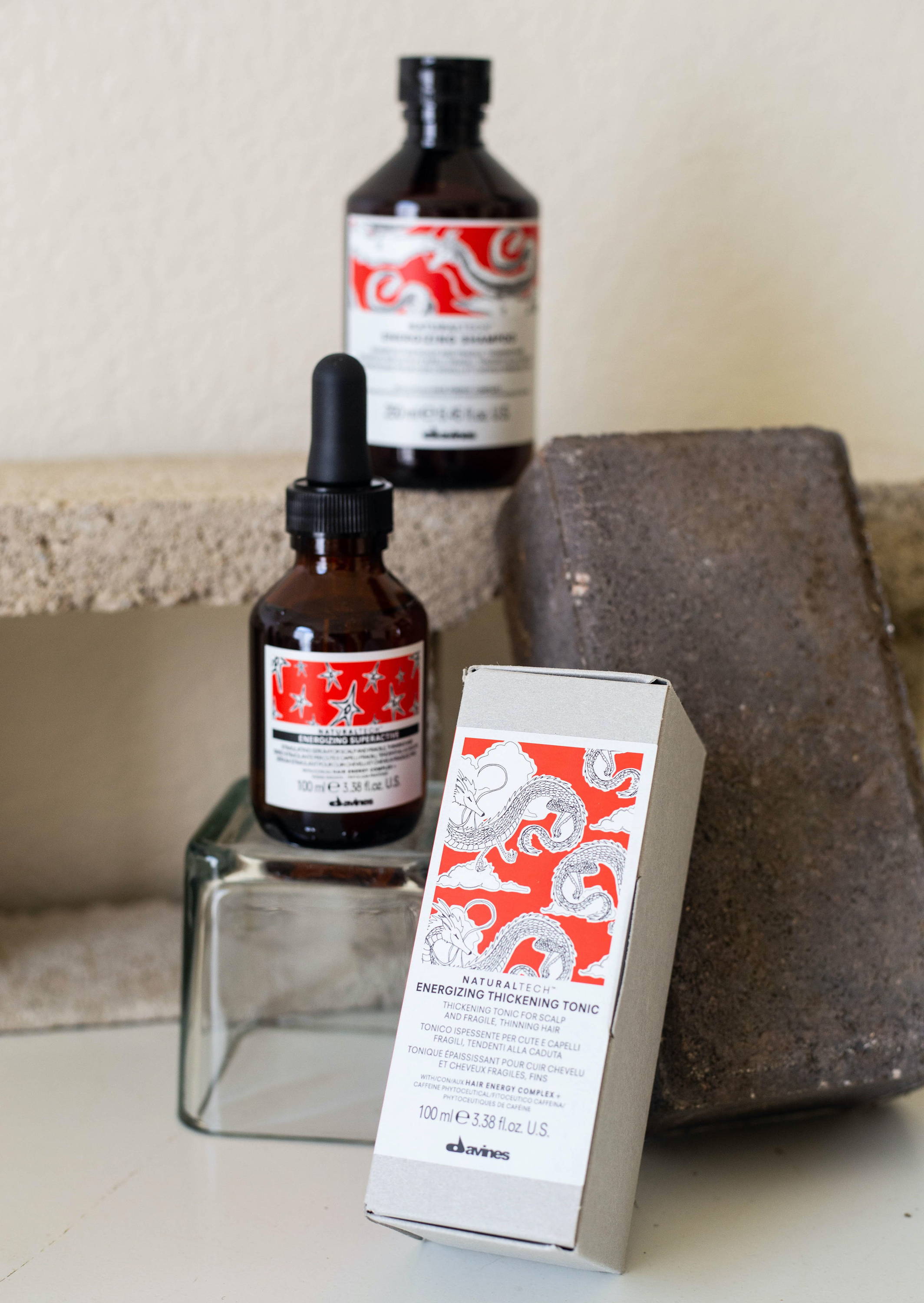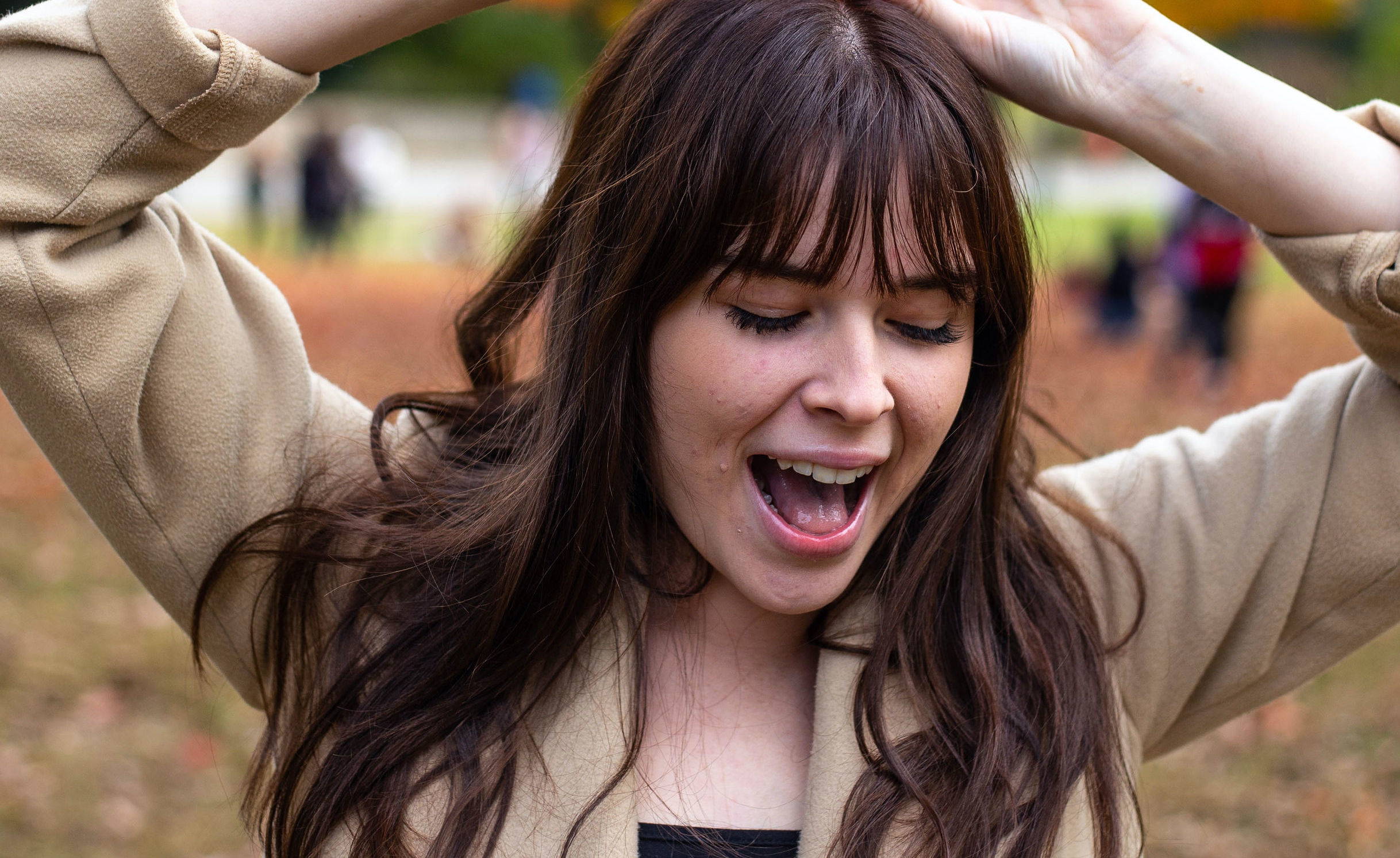Free Carbon Neutral Shipping On Orders $75+, Plus 4 free samples!
Buy Now and Pay Later in interest-free installments with Klarna!
Connect with us and get FREE Shipping. Sign up!
- Hair Quiz
- Blog
- Salon Locator
- Personal Account Salon locator
- Shop Best Sellers Buy Now Pay Later with Klarna












Leave a comment
Comments will be approved before showing up.